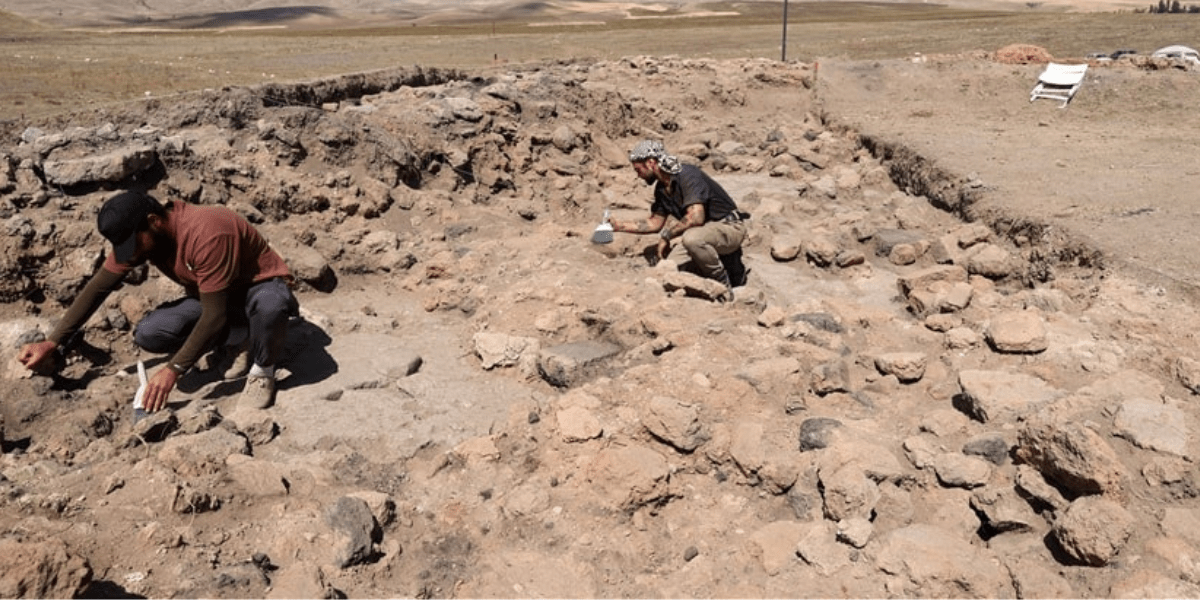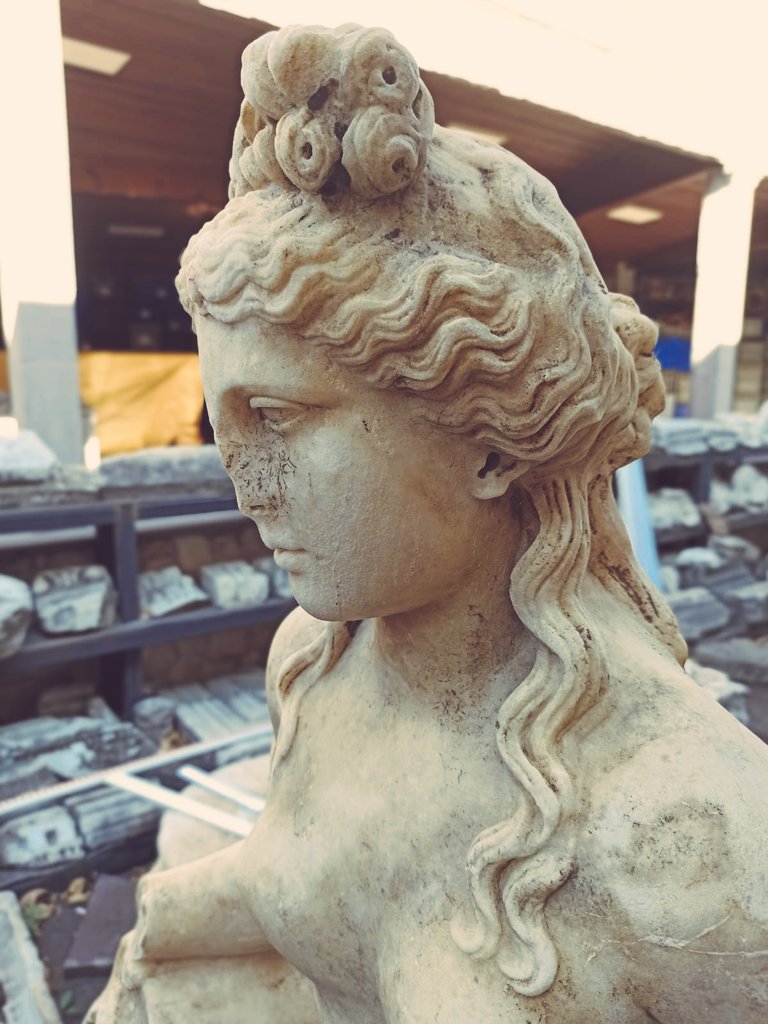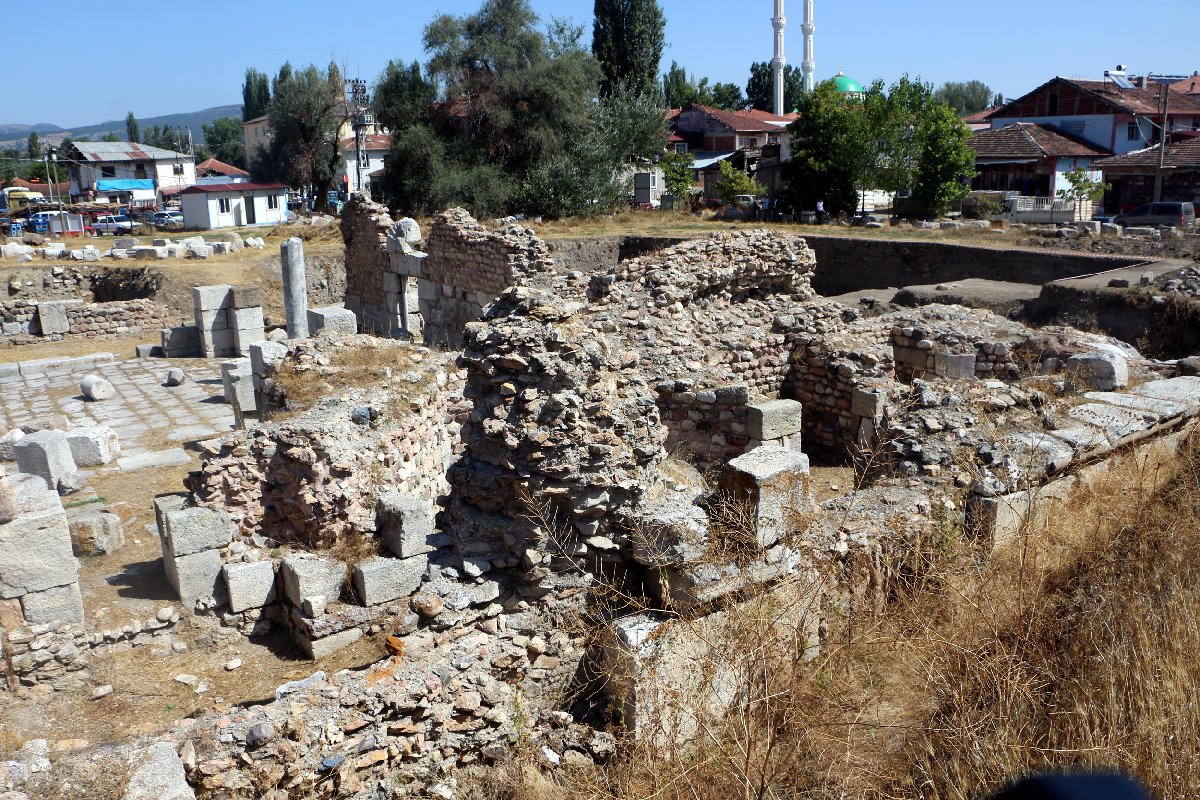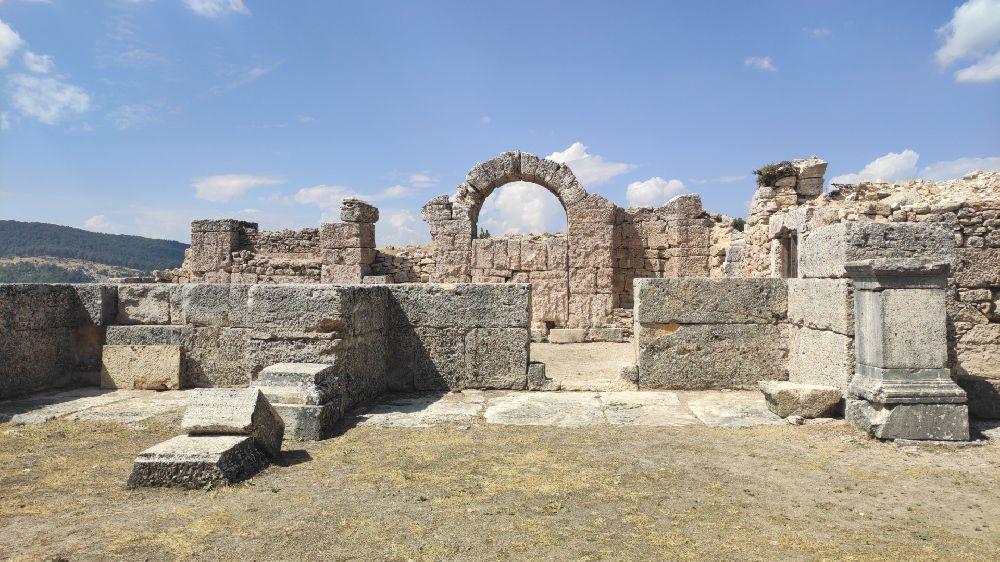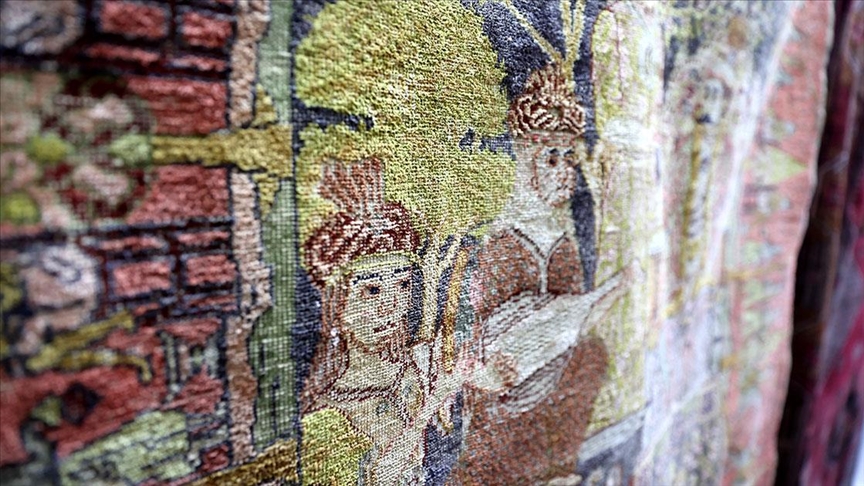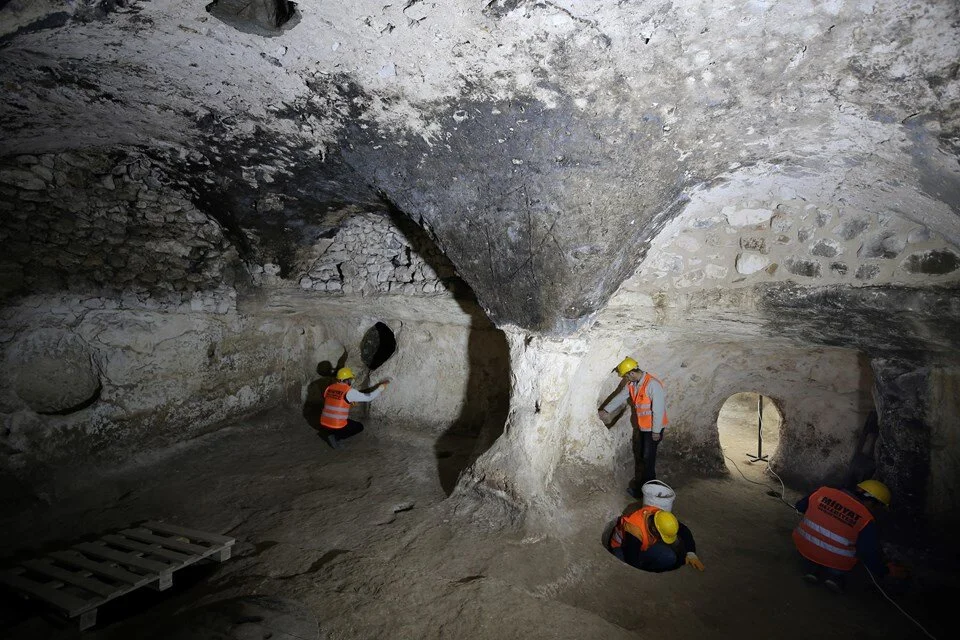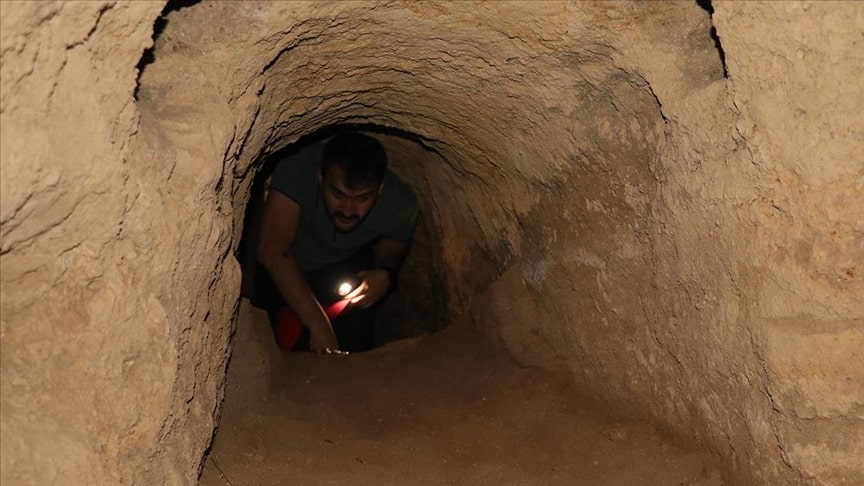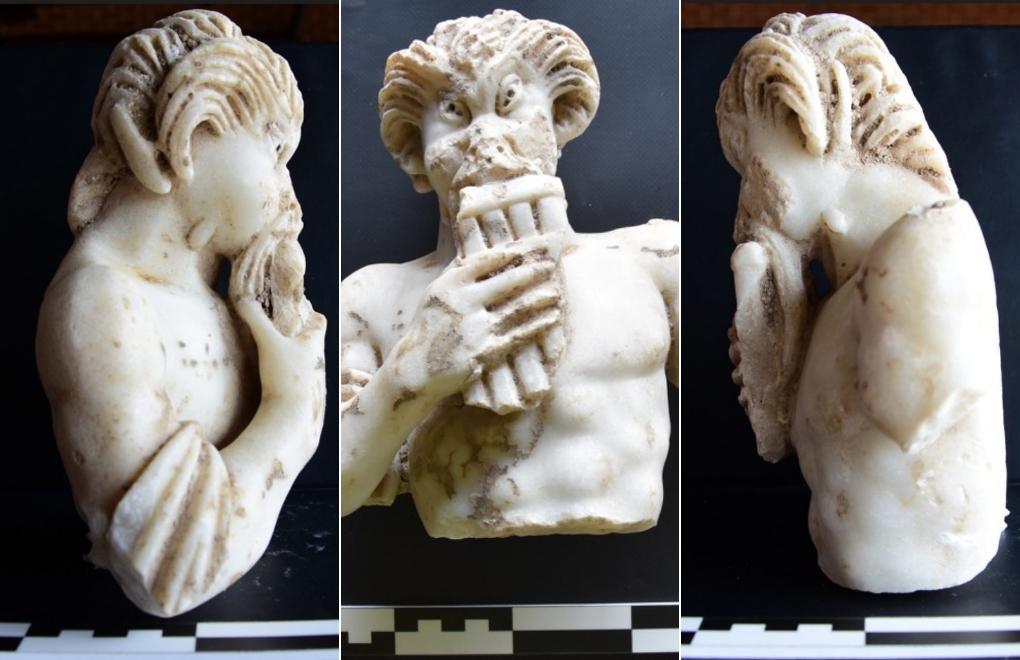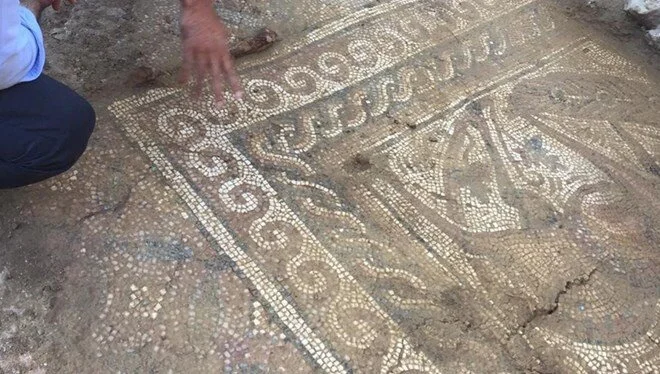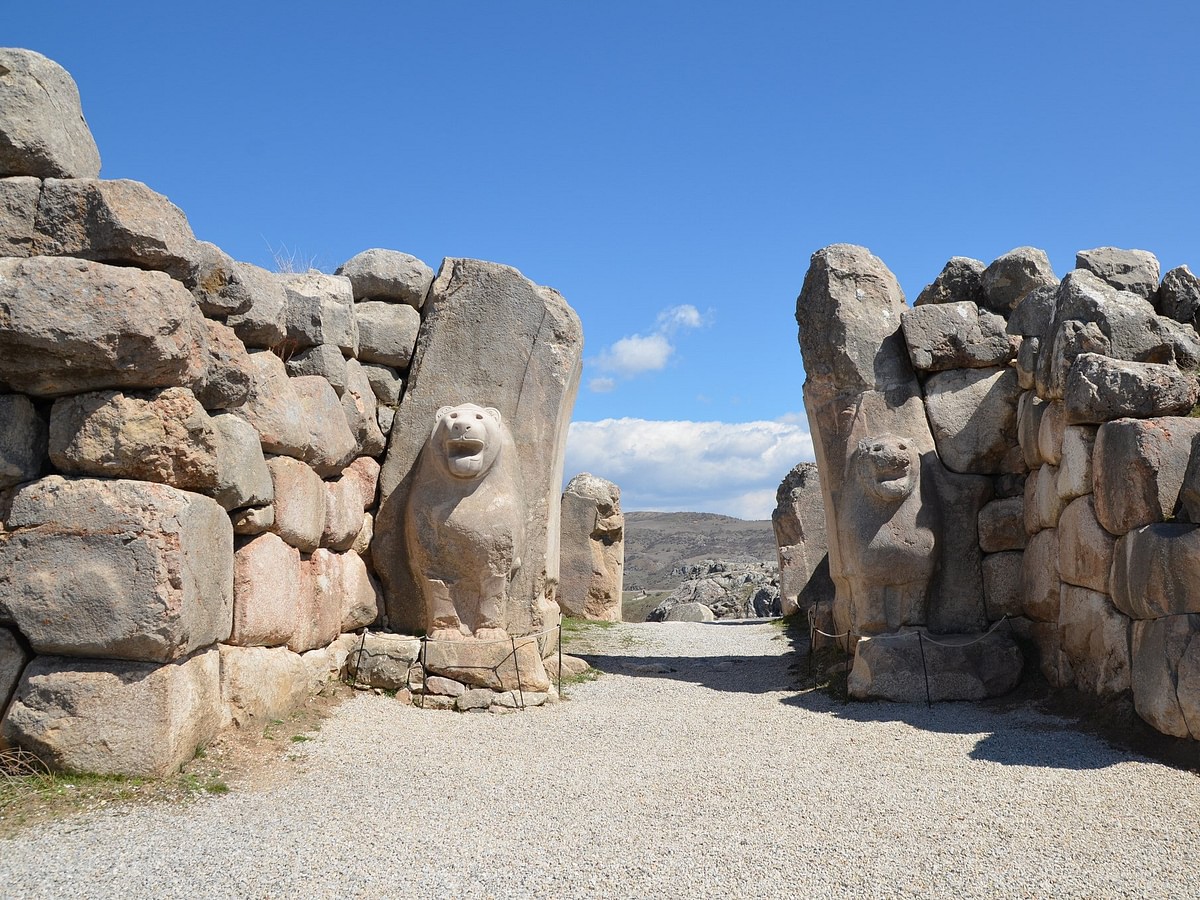Šamuḫa, known as an important center for the Hittites both religiously and militarily, is an ancient Hittite city located in Kayalıpınar, approximately 40 km west of Sivas within the borders of modern-day Türkiye. Situated on the northern bank of the Kızılırmak River, Šamuḫa served as a syncretic religious center for the Hittites.
The excavation season, initiated on July 4 under the leadership of Assoc. Prof. Çiğdem Maner from Koç University’s Department of Archaeology and History of Art with the permission of the Ministry of Culture and Tourism, has been completed. It was determined that the history of Šamuḫa dates back to the Paleolithic Age, also known as the Stone Age, for the 2024 excavation season.
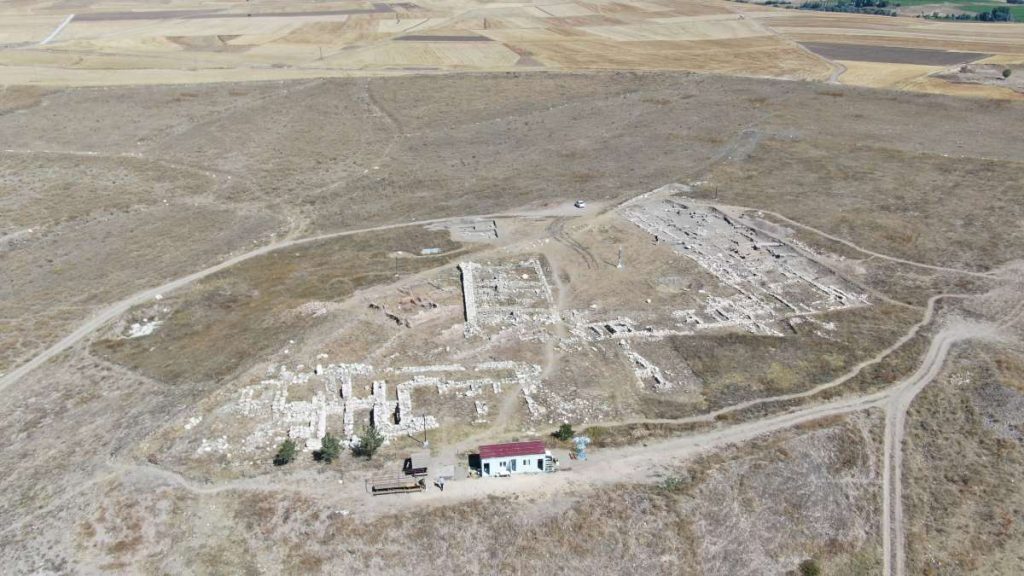
The excavation director, Çiğdem Maner, stated that traces of structures from the Assyrian trade colony period, Hittite, Roman, and Byzantine periods, as well as numerous seal impressions belonging to Hittite kings, princesses, princes, and officials, have been found so far in the excavations. She added, “Among the findings, there are data related to the Neolithic Age. This information has been significant for us.”
Çiğdem Maner explained that there have been no signs of settlements or findings from those periods within the Kızılırmak basin, stating, “No settlement from that period has been found, but there are artifacts. Therefore, we can push back the history of Kayalıpınar much further.”
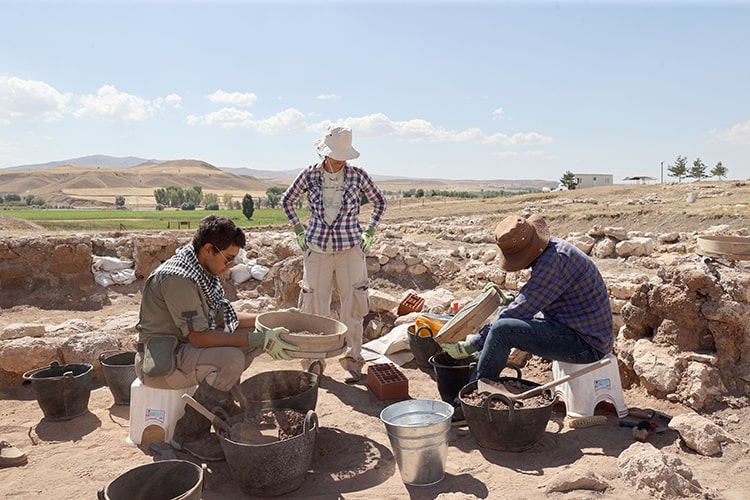
Maner noted that they have been able to gather a lot of information about the ancient Assyrian trade colonies and the Hittite period in Kayalıpınar, adding:
“Additionally, the architectural structures here belong to that period, but the Stone Age artifacts push the history of this place much further back. It can be traced back to approximately 15,000 years before Christ, meaning 17,000 years ago. Thus, this region will be one of the oldest settlements. However, these settlements are in much deeper layers. During that time, people were hunter-gatherers, and later, this area developed in different periods. It became a significant trade center during the ancient Assyrian trade colony period, utilizing the river.”
Maner emphasized that Kayalıpınar was a settlement that served as a seasonal capital during the Hittite period, stating that they know from cuneiform texts that kings lived here and were also trained as priests.
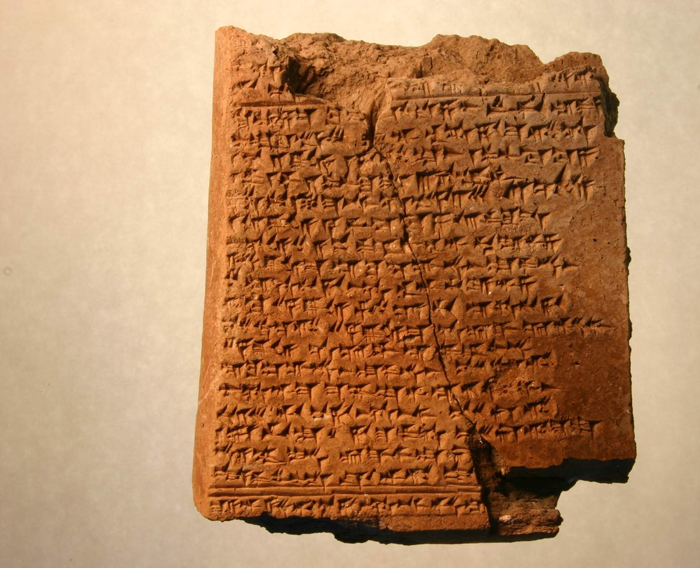
Maner mentioned that the temple of Ishtar, the sister of the Hurrian storm god Teššup, who is considered one of the important deities of the Hittite period, is located in this region. She said, “We know that the temple of Ishtar, which has been the most important temple in the region since the ancient Assyrian period, is in Kayalıpınar. This continues during the Hittite period, and later Ishtar continues as Šauška. We always see that this region has been a very important center. We can even say this during the early Byzantine period.”
Maner highlighted that significant church structures have also emerged from the excavations, continuing:
“In 2022, we started the excavation in what we call Area A. In the area found in the northern section of previous excavations, especially from last year’s findings, we understood that there is a monumental Hittite structure here. Particularly, thanks to the cuneiform tablets found this year, we think that this could be a temple dedicated to Ishtar and later Šauška. Two phases from the Hittite period emerged in this year’s excavations, which we understand from the overlapping walls. Therefore, a long period of use is observed.”
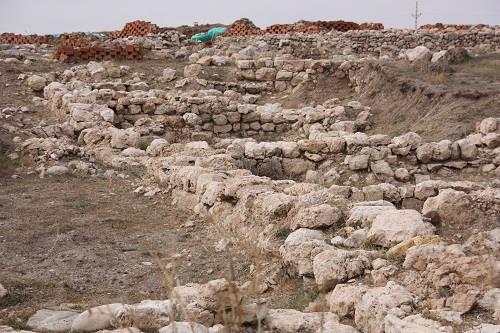
“In some areas, we have uncovered adobe structures” Emre Kuruçayırlı, the Assistant Excavation Director from Boğaziçi University, stated that they focused on the northern excavations this year because they discovered wall structures that they believe could belong to the temple during the 2022 and 2023 excavations.
He noted that they concentrated on this area to uncover the remaining part of the building, saying, “With our new studies, we have also uncovered stone wall structures, stone wall foundations, and in some areas, adobe structures that may be related to this building.”
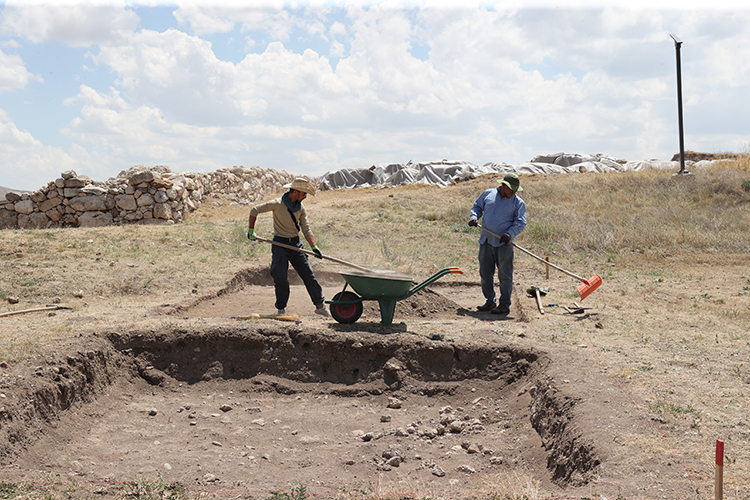
Kuruçayırlı conveyed that Kayalıpınar is the Šamuḫa of the Hittite period and a very important city, a second capital, adding:
“In the 2024 season, we recovered seal impressions and two broken pieces of Hittite cuneiform tablets from here. Although not as numerous as in other buildings, there were individual findings. Last year, we found a tablet fragment in this building that mentioned a large cattle transport from northern Syria, south of the city of Šamuḫa, involving 1,200 animals. This year, we found a tablet fragment that refers to a person, and we can translate this person’s title as ‘master of the caravanserai’ in Turkish. This refers to an official responsible for overseeing large intercity or international logistics or trade transports. In this seal, we could only read the title and duty of the official. Unfortunately, the person’s name could not be deciphered.”

